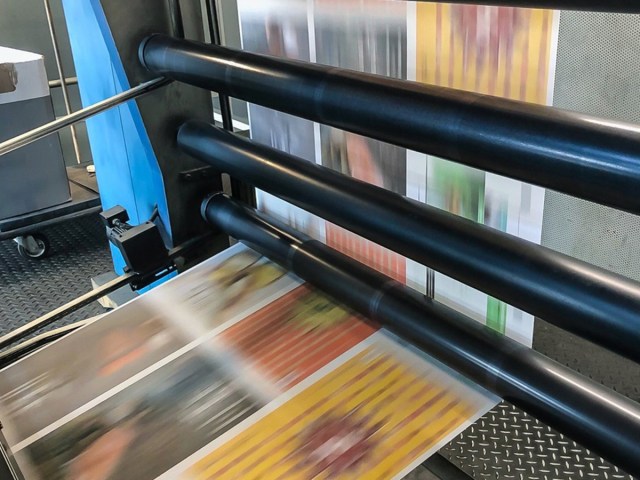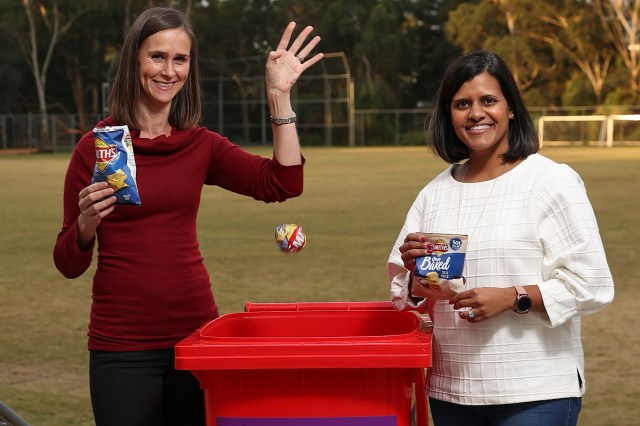
According to the latest Future Market Insights report, the edible packaging market is expected to skyrocket, with projections estimating a four-fold increase and a 14.31 per cent CAGR in the next 10 years. The Asia-Pacific market is anticipated to grow fastest, with a CAGR of about eight per cent.
The edible packaging market, estimated at US$1.10 billion in 2023, is expected to nearly quadruple to reach US$4.18 billion by 2033.
According to Future Market Insights, edible packaging is rapidly becoming more accepted as an eco-friendly and efficient alternative to traditional methods. Consumers are now presented with a vast array of possibilities that can improve product stability, quality, safety and diversity in addition to making life easier for customers who benefit from the convenience it brings.
The market research consultancy said that the appetite for eco-friendly packaging prompts an innovation revolution in food storage.
“Edible wrapping could be the future of convenience as it keeps snacks looking, tasting and feeling fresh – a tantaliSing sell set to accelerate market growth. Policymakers are getting behind this movement too; their support helping fuel advancements in innovative biodegradable packing technologies,” the company said in a statement.
The market for edible packaging is anticipated to increase in response to rising consumer demand for ecologically friendly packaging materials.
The extensive usage of single-use plastic and varied restrictions are raising environmental concerns. As a substitute for single-use plastic, edible packaging options have gained acceptance among several manufacturers and consumer organisations.
The growing demand for biodegradable films in food packaging is also anticipated to present significant revenue opportunities. It lessens reliance on fossil fuels and increases dependence on substances like lipids, composite films, polysaccharides, and cellulose- or starch-based materials that offer novel functions and attributes like biodegradability. Therefore, it is anticipated that rising demand for biodegradable films in edible packaging will likely support the market expansion of edible packaging over the forecast period.
Portion-size packaging is predicted to be more prevalent as consumers shift their interests away from traditional case-ready packaging. Food items packaged in portion-sized units allow consumers to utilise the precise amount of food needed while lowering food product waste. This is likely to present the edible packaging industry with untapped opportunities.
The Asia-Pacific market maintained a share of 24.5 per cent of the global market in 2021. As a result, during the forecast period, it may overtake European edible packaging. Growth in the pharmaceutical and food and beverage industries is predicted to increase product demand in the following years.
Based on end-user, the edible packaging market is split between food, beverage and pharmaceuticals.
With a market share of nearly 80 per cent in 2021, the food and beverage category dominated the industry, and it is projected that this trend will continue over the forecast period.
According to the recent report by FactMr, worldwide demand for fresh food packaging is forecast to increase at a CAGR of five per cent from 2022 to 2032. In 2022, the global fresh food packaging market was valued at US$150 billion and is estimated to reach a market size of US$245 billion by 2032.
“New market entrants should focus on investing in R&D to introduce eco-friendly food packaging solutions,” the consultancy said.
“To meet consumer demand, top market players focus on offering unique packaging solutions. Leading companies in the fresh food packaging industry are experimenting with innovative approaches to improve the quality of their products and boost their brand positions in the market.”
One of the notable start-ups in the edible food packaging market space Notpla, collaborated with chemists and chemical engineers from the Imperial College in London, UK, to develop its first product, Ooho.
The company partnered with Lucozade to replace single-use plastic cups and bottles with 36,000 Ooho at the London Marathon. It also worked with Just Eat to launch a food container coated with seaweed, a revolutionary move for the takeaway industry that has traditionally relied on plastic or chemicals to hold food.


